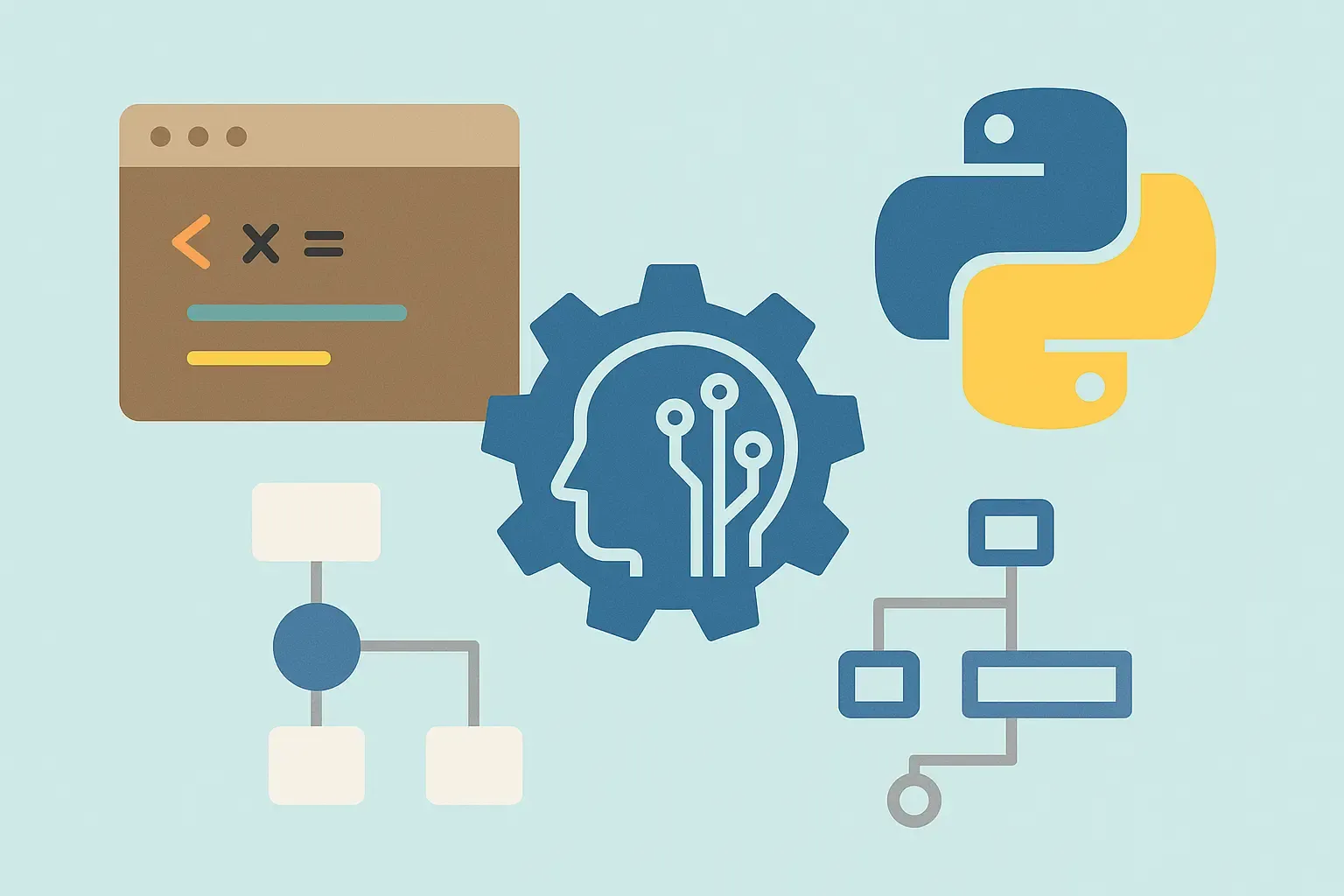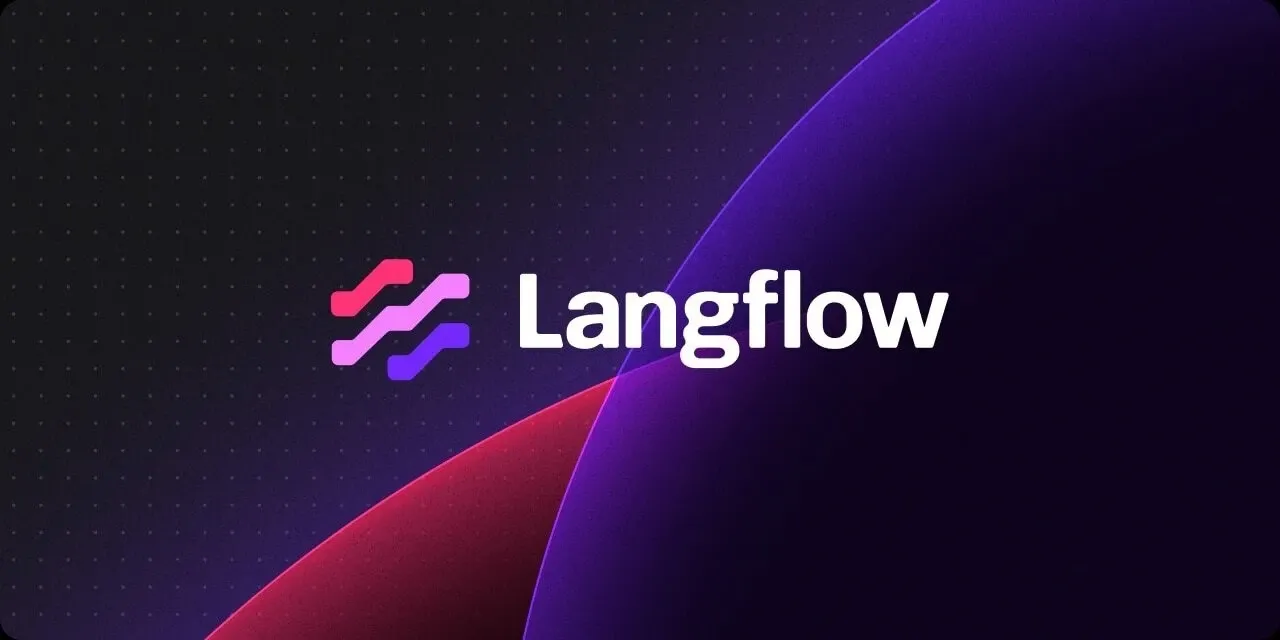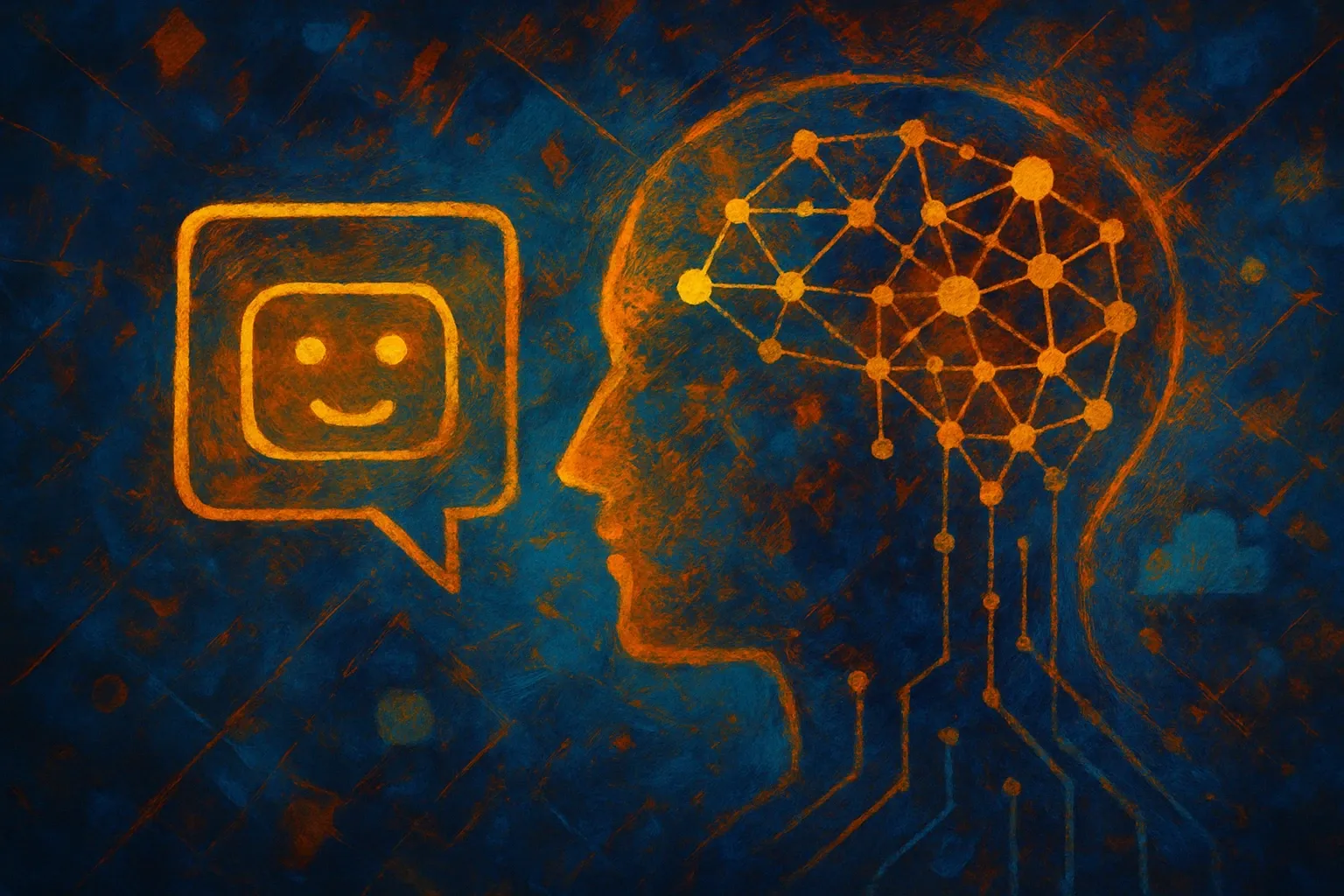Imagine a busy law firm where Sarah, a seasoned attorney, grappled with the inefficiencies of a traditional Knowledge Management System (KMS), struggling to efficiently navigate through vast legal documents. Recognizing the need for a change, the firm embraced artificial intelligence, integrating Large Language Models (LLMs) into their KMS. The impact was transformative the LLM-powered system became a virtual legal assistant, revolutionizing the search, review, and summarization of complex legal documents. This case study unfolds the story of how the fusion of human expertise and AI not only streamlined operations but also significantly enhanced customer satisfaction.
Knowledge Management Systems (KMS) encompass Information Technology (IT) systems designed to store and retrieve knowledge, facilitate collaboration, identify knowledge sources, uncover hidden knowledge within repositories, capture, and leverage knowledge, thereby enhancing the overall knowledge management (KM) process. Broadly, it helps people use knowledge to better achieve tasks. There are two types of knowledge: explicit and tacit. Explicit knowledge can be expressed in numbers, symbols and words. Tacit knowledge is the one people get from personal experience.
Despite the capabilities of KMS to facilitate knowledge retrieval and utilization, challenges persist in effectively sharing both explicit and tacit knowledge within organizations, hindering optimal task achievement.
Pathways to Understanding: Fostering Knowledge Transfer Through Stories
The integration of tacit knowledge with KMS faces three main obstacles: individual, organizational, and technological. Individual barriers include communication skills, limited social networks, cultural differences, time constraints, trust issues, job security concerns, motivational deficits, and lack of recognition. Organizational challenges arise when companies try to impose KM strategies on their existing culture rather than aligning with it. Technological barriers include the absence of suitable hardware and software tools and lack of integration among humans, processes, and technology, all of which can hinder knowledge sharing initiatives. Integrating an LLM with a KMS can enhance knowledge management processes by enabling advanced text understanding, generating unique insights, and facilitating efficient information retrieval.
A storytelling-based approach facilitates knowledge transfer across diverse domains like project management and education by tapping into the universal language of stories. Given that individuals often convey tacit knowledge through stories, the ability to share stories within a KMS was considered a key factor for successful knowledge collection. Integrating storytelling with a KMS overcomes barriers to knowledge sharing, making information meaningful and promoting collaboration within communities of practice (CoPs). To create productive stories, a structured framework is essential, comprising narrative elements and guiding questions tailored to specific domains, with data organization and inclusion of CoP facilitating collaborative knowledge sharing and the transition of tacit knowledge into explicit knowledge. The framework typically includes elements like who, what, when, where, why, how, impacts, obstacles, and lessons learned, ensuring detailed stories from domain experts (DE). As a result, examining domain experts’ willingness to share tacit knowledge through storytelling had an 81% positive response rate, while the method addressing KMS failures with scenarios and defined CoPs garnered a 76.19% positive response rate, confirming its success in addressing identified issues.
Another study explored enhancing social chatbots’ (SCs) engagement by integrating storytelling and LLMs by introducing Storytelling Social Chatbots (SSCs) named David and Catherine in a DE gaming community on Discord. It involved creating characters and stories, presenting live stories to the community, and enabling communication between the SC and users. Utilizing LLM GPT-3, the SSCs employ a story engineering process involving character creation, live story presentation, and dialogue with users, facilitated by prompts and the OpenAI GPT-3 API for generating responses, ultimately enhancing engagement and user experience. The study proved that the chatbots storytelling prowess effectively engrossed users, fostering deep emotional connections and emphasizing emotions and distinct personality traits can enhance engagement. Additionally, exploring complex social interactions and relationships, including autonomy and defiance, could further enrich user experiences with AI characters, both in chatbots and game characters.
Large Language Models: Simplifying Data Analytics for Everyone
Data analytics involves examining large volumes of data to uncover insights and trends, aiding informed decision-making. It utilizes statistical techniques and algorithms to understand past performance from historical data and patterns and trends from data to drive improvements in business operations.
Combining LLMs with data analytics harnesses advanced language processing and insights extraction from textual data like customer reviews and social media posts for efficient data visualization. LLMs conduct sentiment analysis, identify key topics, and extract keywords using natural language processing techniques. They aid in data preprocessing, such as cleaning and organizing data, and generate data visualizations for easier comprehension. By detecting trends, correlations, and outliers, LLMs enhance businesses’ understanding and decision-making.
Before constructing machine learning models, data scientists conduct Exploratory Data Analysis (EDA) involving tasks like data cleaning, identifying missing values, and creating visualizations. LLMs streamline this process by assisting in metadata extraction, data cleaning, data analysis, data visualization, customer segmentation, and more, eliminating the need for manual coding. Instead, users can prompt the LLM with clear instructions in plain English. Combining LLMs with LangChain agents that act as intermediaries automates data analysis by connecting LLMs to external tools and data sources, enabling tasks like accessing search engines, databases, and APIs (Google Drive, Python, Wikipedia etc.), simplifying the process significantly.
For example, imagine a human resources manager leveraging LLM, LangChain, plugins, agents, and tools to streamline recruitment processes. They can simply write in plain English, instructing the system to identify top candidates from specific job segments based on skills and experience, and then schedule interviews and send personalized messages. This integrated approach automates candidate sourcing, screening, and communication, significantly reducing manual efforts while enhancing efficiency and effectiveness in hiring processes.
For enterprises, LLMs, such as the ones used in AI Fortune Cookie - a secure knowledge management model, revolutionize this by enabling employees to query data in natural language, access internal and external sources, and perform data visualization using Gen AI. It consolidates isolated data into scalable knowledge graphs and vector databases, breaking down data silos and facilitating seamless information retrieval. With customized LLMs and robust security features, the platform ensures efficient decision-making while safeguarding sensitive information. By integrating storytelling, semantic layers, and retrieval-augmented generation (RAG), it enhances the accuracy and relevance of LLM responses, transforming it into an efficient enterprise data management and data visualization tool.
Finding What Matters: How LLMs Reshape Information Retrieval
An information retrieval system is responsible for efficiently locating and retrieving relevant information from the knowledge management system’s database. It utilizes various techniques such as keyword search, natural language processing, and indexing to facilitate the retrieval process.
Through pre-training on large-scale data collection and fine-tuning, LLMs show promising potential to significantly enhance all major components of information retrieval systems, including user modeling, indexing, matching/ ranking, evaluation, and user interaction.
LLMs enhance user modeling by improving language and user behavior understanding. They analyze data like click-streams, search logs, interaction history and social media activity to detect patterns and relationships for more accurate user modeling. They enable personalized recommendations by considering various characteristics and preferences, including contextual factors like physical environment and emotional states. Indexing systems based on LLMs transition from keyword-based to semantics-oriented approaches, refining document retrieval, and have the potential to become multi-modal, accommodating various data modalities such as text, images, and videos in a unified manner. Additionally, LLM-powered search engines like Windows Copilot and Bing Chat serve as AI assistants, generating real-time responses based on context and user needs for intuitive, personalized, and efficient information retrieval and app usage. They revolutionize interaction processes in terms of intuitiveness, personalization, efficiency, and friendliness.
In conclusion, the transformative impact of LLMs on knowledge management systems is undeniable. The integration of LLMs not only streamlines operations but elevates customer satisfaction to unprecedented levels.
If you are seeking to enhance your KMS with cutting-edge AI solutions, we invite you to explore Random Walk. We help empower businesses with the best business intelligence software and data visualization tool using gen AI, Fortune Cookie, that handles your structured and unstructured data, ensuring you stay at the forefront of industry advancements. To learn more about how Random Walk and Fortune Cookie can revolutionize your knowledge management strategies with state-of-the-art data visualization tool, contact us at Random Walk.






